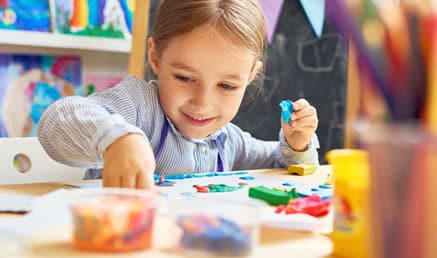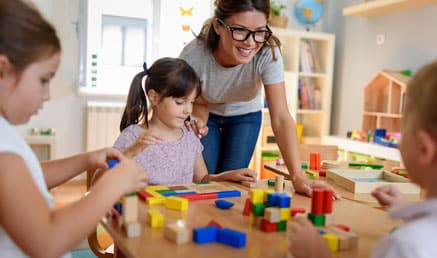
“It’s our polite nudge in the ribs to help you and your team stay organised and on task.”
This week’s subject is: Responsive teaching and scaffolding
Element 1.2.2: Responsive teaching and scaffolding – Educators respond to children’s ideas and play and extend children’s learning through open-ended questions, interactions and feedback.
Responsive teaching is achieved by valuing and building on children’s current and evolving strengths, skills and knowledge to ensure their wellbeing, motivation and engagement in learning. Children learn best when the experiences they have are meaningful to them and are focused on the here and now. Because children constantly learn new skills and gain new insights into their world, educators continuously assess, evaluate and implement responsive teaching strategies. Guide to the NQF
Educators observe children’s learning and use their knowledge of individual children, their strengths and abilities to determine when to intervene and when to take a step back, allowing children to explore and apply their learning between different contexts.
Educators use the cycle of planning to document children’s learning and use this knowledge to plan experiences that extend their learning and development.
Responsive teaching and scaffolding involve:
- Responding to and extending on children’s ideas and implementing them into the educational program
- Discussions with children about their learning, exercising open ended questioning strategies to gain ideas for the educational program
- Identifying and utilizing “teachable moments” to extend children’s learning
- Encouraging children to, and providing opportunities for them to explore and extend on their interests and stimulate their thinking
- Planning and implementing experiences that support peer scaffolding and extending their learning through engagement with other children
- Providing children with opportunities to extend their learning across different contexts.
Resources:
Supporting Children’s Development
Learning to Learn: Positive dispositions as a “learning curriculum”
Using the Early Years Planning Cycle
We Hear You Documentation – what, why and how
Within System7 go to Quality Area 1/Module 5 to submit self-assessment notes and if required, open a QIP issue if you identify any areas of improvement.
The Childcare Centre Desktop has a range of resources to assist services with educational program and practice. These include Educational Program Policy, Educational Program and Practice Procedure, Program Template, Assessment of Learning Summary, Assessment and Planning Cycle Audit, Observation Record and much more.
Resources, NQS Element, Regulation and System7 links:
Childcare Centre Desktop – Educational program and practice
National Quality Standard – QA 1/ 1.2.2- Responsive teaching and scaffolding
National Regulations – 73, 74, 155, 156
System7 Module – QA 1/ Module 5
If you have any questions send us a note via the Contact page here!




